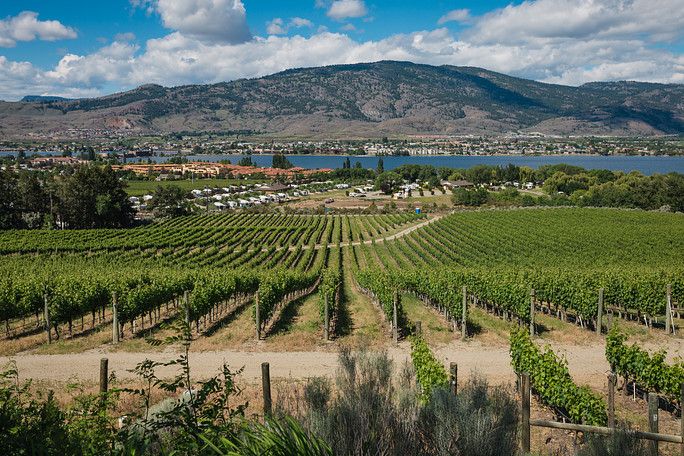Article content Canada Day marks the middle of a year most B.C. winegrowers want to forget as soon as possible.
Mid-winter cold weather damage wreaked havoc in many Okanagan and Similkameen vineyards, forcing many grape growers to make tough decisions this spring. However, with challenges come solutions, many of which should bode well for the future of local wines, which has been riding high after a decade of unprecedented production, quality and price growth. As we await the adjustments, I thought we could look back at some critical developments in B.

C. wine over the last decade and some recent wines that are direct descendants of these advances. Amid the challenges, our interaction with the vineyards has driven the most significant changes.
Despite the attention given to recent wildfires, smoke damage, and deep freeze events, the shift toward organic and biodynamic farming has emerged as a beacon of hope. This shift, projected to propel B.C.
to a prominent position on the world’s most organically farmed vineyards list by 2030, is a testament to our commitment to a sustainable future for B.C. wine.
Curiously, opposition to organic farming has spurred an even more significant interest in growing sustainably. This doctrine includes the health of the land, the business, and the people working there. That movement transforms how we work the land, advocating stewardship versus ownership or management.
These are all better options than the way we previously farmed. The innovatio.























